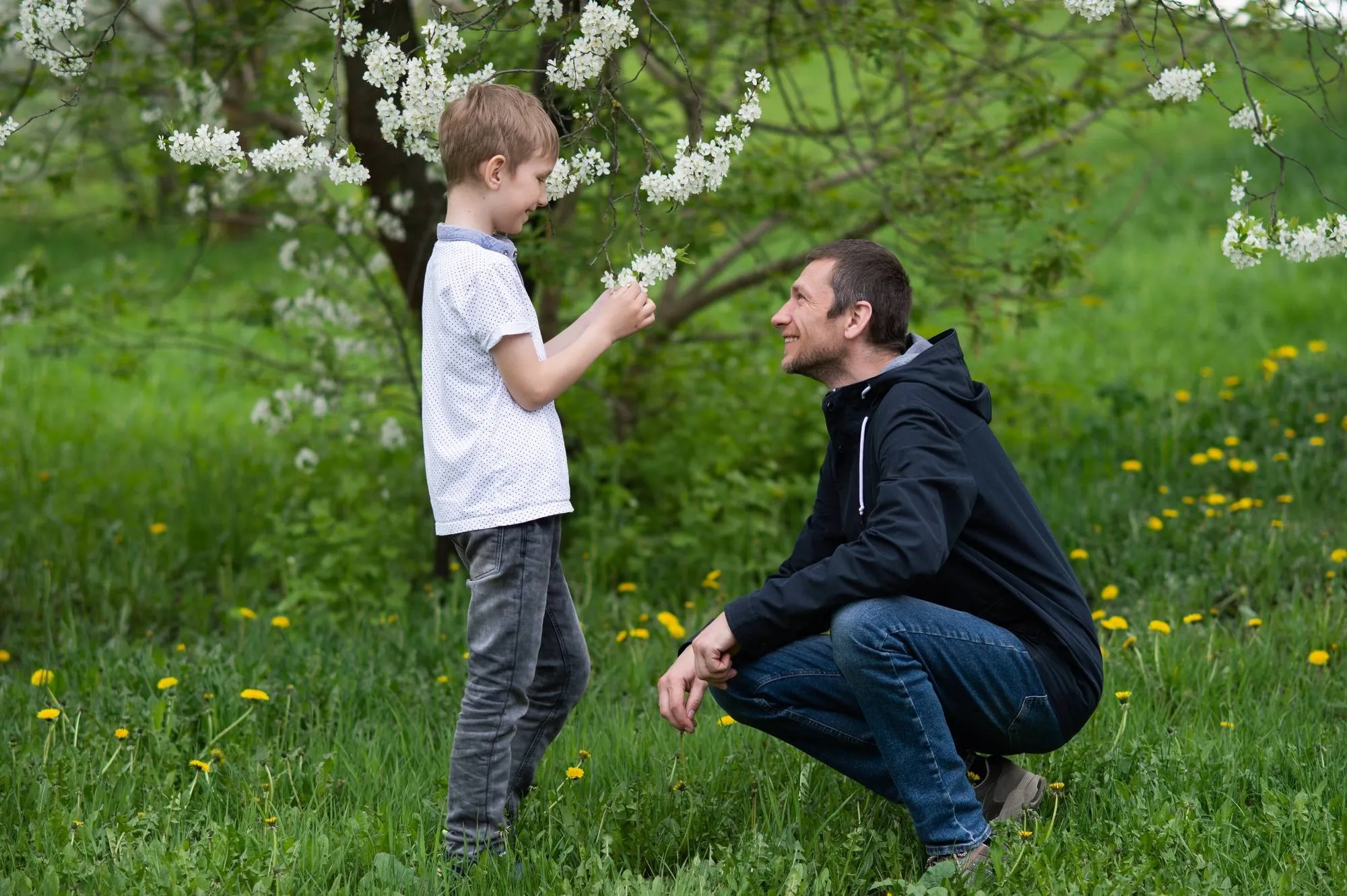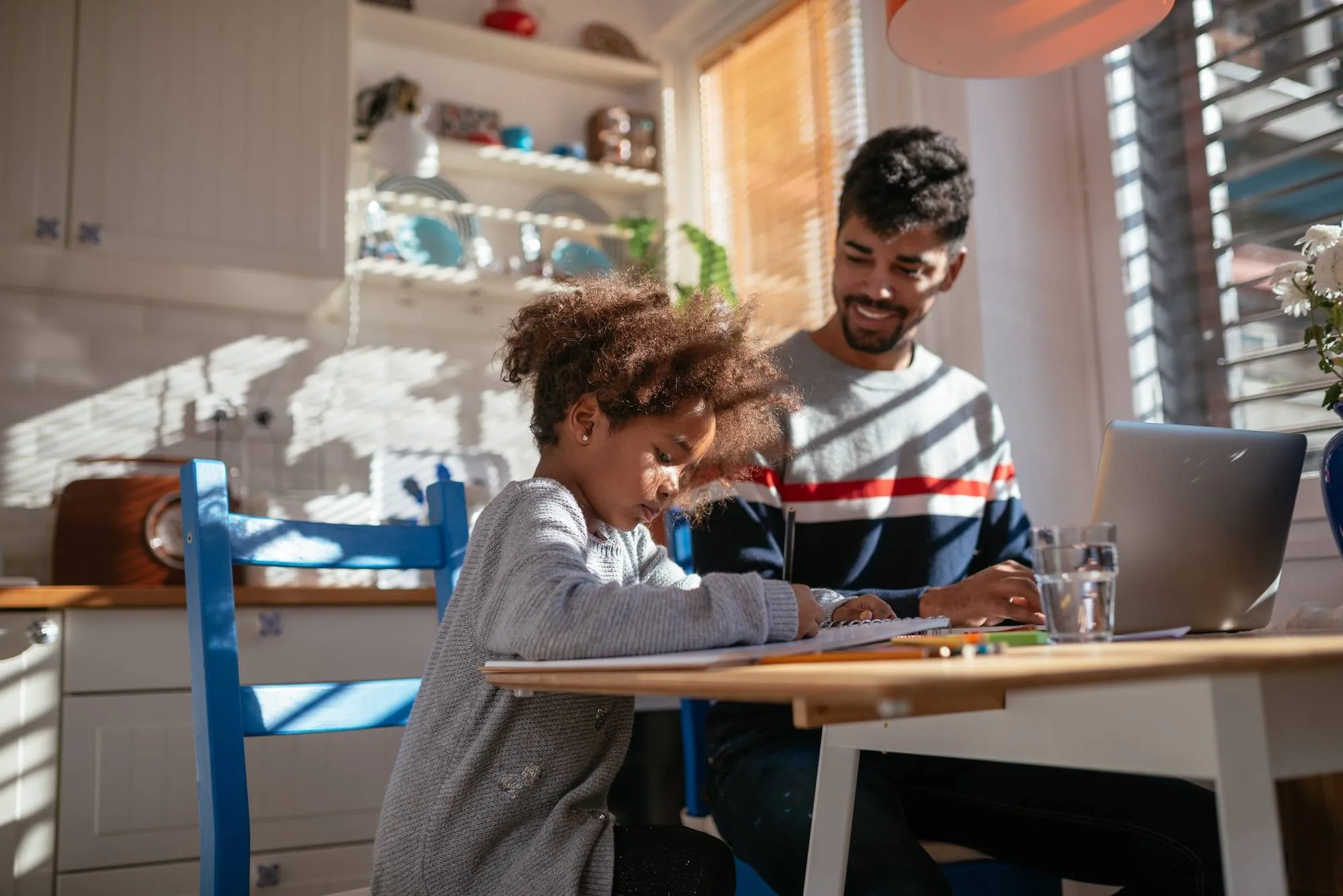Starting supervised visitation can feel overwhelming for children who may not understand why a monitor needs to be present during visits with their parent. As experienced supervised visitation professionals with over 30 years of combined expertise serving Arizona and Utah families, we’ve helped thousands of children and parents navigate this transition successfully. Here’s your comprehensive guide to preparing your child and making the experience as positive as possible.
Understanding Your Child’s Perspective
Before explaining supervised visitation to your child, it’s important to understand what they might be thinking and feeling:
Common Questions Children Have
- “Why does someone need to watch us?”
- “Did I do something wrong?”
- “Will this person be mean to us?”
- “How long will this last?”
- “Will things ever go back to normal?”
- “What if I don’t like the monitor?”
Emotions Children Often Experience
- Confusion – Not understanding why supervision is necessary
- Embarrassment – Feeling different from other families
- Worry – Concern about doing something wrong
- Sadness – Missing “normal” time with their parent
- Excitement – Happy to see their parent, despite circumstances
- Anxiety – Nervous about the unknown experience
Age-Appropriate Explanations
Toddlers and Preschoolers (Ages 2-5)
Young children need simple, concrete explanations they can understand:
What to Say:
- “A helper will be with us during your visit” – Use positive language about the monitor
- “We’re going to a special place to play together” – Emphasize safety and fun
- “The helper makes sure everyone follows the rules” – Compare to teachers or lifeguards
- “Mommy/Daddy loves you very much” – Reinforce the love and relationship
What to Avoid:
- Complex legal explanations
- Details about why supervision is required
- Negative comments about the other parent
- Promises about how long it will last
Helpful Analogies for Young Children:
- “Like how a lifeguard watches everyone at the pool”
- “Similar to how teachers watch children at school”
- “Just like how a babysitter helps take care of you”
School-Age Children (Ages 6-12)
Children this age can understand more detailed explanations while still needing reassurance:
What to Say:
- “Sometimes families need extra help during difficult times”
- “The monitor is like a referee in sports – they make sure everyone plays fairly”
- “This is temporary while we work on making things better”
- “The monitor is there to help, not to punish anyone”
- “You are loved by both parents, and that will never change”
Addressing Their Concerns:
- Embarrassment: “Many families go through this – you’re not alone”
- Blame: “This is not your fault – it’s an adult problem that adults are working to fix”
- Duration: “We don’t know exactly how long, but we’re working toward visits without a monitor”
- Loyalty conflicts: “It’s okay to love and enjoy time with both parents”
Teenagers (Ages 13+)
Teens can handle more honest, detailed conversations:
What to Discuss:
- Explain that supervised visitation is court-ordered and temporary
- Discuss the goal of maintaining safe family relationships
- Acknowledge that the situation is difficult for everyone
- Allow them to express their feelings and ask questions
- Involve them in planning enjoyable activities for visits
- Respect their maturity while providing appropriate guidance
Supporting Teen Independence:
- Ask for their input on visit activities
- Respect their need for some privacy during conversations
- Allow them to have age-appropriate discussions with the monitor
- Support their emotional needs without overwhelming them
Emotional Preparation and Support
Validating Your Child’s Feelings
Help your child process their emotions by:
- Listening without judgment – Let them express all feelings, even negative ones
- Acknowledging their emotions – “It makes sense that you feel confused about this”
- Reassuring them of love – From both parents, regardless of the situation
- Avoiding blame or criticism – Of the other parent, the court, or the situation
- Normalizing their reactions – “Many children feel this way in similar situations”
Building Positive Expectations
- Focus on the fun activities they can do during visits
- Highlight the special one-on-one time with their parent
- Emphasize the monitor’s role as a helper, not an adversary
- Create anticipation for positive experiences
- Share examples of other families who have had good experiences
Addressing Specific Fears
Fear of the Monitor
- Explain that monitors are specially trained to work with families
- Describe the monitor’s qualifications and background
- Emphasize that monitors want visits to go well
- If possible, arrange a brief introduction before the first visit
Fear of Doing Something Wrong
- Explain that the rules are simple and clear
- Reassure them that monitors will explain any guidelines
- Emphasize that the monitor is there to help, not catch mistakes
- Let them know they can ask questions if they’re unsure about anything
Fear of Change
- Acknowledge that change can be scary
- Focus on what will stay the same (parent’s love, child’s importance)
- Create new positive routines and traditions
- Emphasize the goal of working toward less supervision over time
Practical Preparation Steps
Before the First Visit
Information Gathering
- Visit location: If possible, drive by or visit the facility beforehand
- Duration and schedule: Help your child understand the timing
- Transportation: Explain who will drop off and pick up
- Basic rules: Share age-appropriate guidelines they should know
Activity Planning
- Ask your child what they’d like to do during visits
- Discuss activities that work well in supervised settings
- Plan for both active and quiet activities
- Consider bringing favorite toys, books, or games (if allowed)
- Think about conversation topics they enjoy
Comfort Items
- Pack a small comfort item if permitted
- Bring favorite snacks (check facility policies)
- Include any necessary medications
- Consider bringing photos or mementos to share
Creating Routines and Rituals
Pre-Visit Routines
- Consistent preparation time before visits
- Special breakfast or snack before leaving
- Positive affirmations or excitement building
- Review of planned activities for the visit
Post-Visit Routines
- Special time to process the visit
- Opportunity to share highlights and positive moments
- Comfort and reassurance if needed
- Planning for the next visit
Communication Strategies That Work
Do’s for Parents
- Stay positive and supportive about visits and the other parent
- Follow all court-ordered guidelines consistently
- Communicate respectfully with the other parent and monitor
- Ask about positive moments from visits without prying
- Support your child’s relationship with the other parent
- Work collaboratively with the supervision team
- Celebrate progress and positive developments
Don’ts for Parents
- Don’t pump your child for information about the other parent
- Don’t speak negatively about the monitor or supervision process
- Don’t use your child as a messenger between parents
- Don’t discuss legal proceedings or court details with your child
- Don’t make promises about when supervision might end
- Don’t compete with the other parent for your child’s affection
Healthy Conversation Starters
- “What was the best part of your visit today?”
- “What did you and [parent] do together?”
- “Did you have fun playing [specific activity]?”
- “How are you feeling about your visits?”
- “Is there anything you’d like to do during your next visit?”
When to Seek Additional Support
Red Flags to Watch For
Contact professionals if your child shows:
- Persistent anxiety or fear about visits that doesn’t improve over time
- Significant changes in behavior – aggression, withdrawal, or regression
- Sleep disturbances – nightmares, difficulty falling asleep, or frequent waking
- School problems – declining grades, behavioral issues, or difficulty concentrating
- Physical symptoms – stomach aches, headaches, or other stress-related symptoms
- Regression in development – returning to earlier behaviors they had outgrown
- Expressions of not wanting to see either parent
- Signs of depression – persistent sadness, loss of interest in activities
Professional Resources
- Child therapists who specialize in family transitions and divorce
- School counselors who can provide support during school hours
- Support groups for children of divorce or family separation
- Family therapists who can work with the whole family system
- Your supervision provider who may offer guidance and resources
Building Long-Term Success
Keeping the Bigger Picture in Mind
Remember that supervised visitation is typically temporary. The goals include:
- Maintaining the parent-child relationship safely
- Demonstrating positive parenting skills
- Building trust with the court system
- Eventually transitioning to less restrictive arrangements
- Developing better family communication and dynamics
Measuring Progress
- Your child looks forward to visits
- Transitions to and from visits become smoother
- Your child expresses positive feelings about time with both parents
- Behavioral and emotional concerns decrease over time
- Your child demonstrates healthy coping skills
Supporting Continued Growth
- Regularly check in with your child about their feelings
- Celebrate milestones and positive developments
- Continue working on your own parenting skills and emotional health
- Maintain open, respectful communication with all parties
- Stay focused on your child’s best interests
Expert Support from Community Solutions
At Community Solutions, our experienced team understands the unique challenges children face during supervised visitation. With backgrounds in law enforcement, social work, and therapy, our monitors are specially trained to create supportive environments where parent-child relationships can flourish.
How We Support Children
- Child-centered approach – Every decision prioritizes the child’s emotional well-being
- Experienced monitors – Professional staff trained in child development and family dynamics
- Supportive environment – Creating safe, comfortable spaces for positive interactions
- Flexible approaches – Adapting our methods to each child’s unique needs and personality
- Family guidance – Helping parents support their children through this transition
Our Credentials and Experience
- Arizona Department of Child Safety approved
- Department of Probation certified
- 30+ years of combined team experience
- CPR and First Aid certified monitors
- Level 1 fingerprint clearances for all staff
- Specialized training in high-conflict family situations
Professional Supervised Visitation Services
If you need professional supervised visitation services that prioritize your child’s well-being, our experienced team is here to help your family navigate this transition successfully.
Phone: (800) 767-4563
Email: Vi********@****************ns.Agency
Office: 3260 N. Hayden Rd. Ste. 210-524, Scottsdale, AZ 85251





